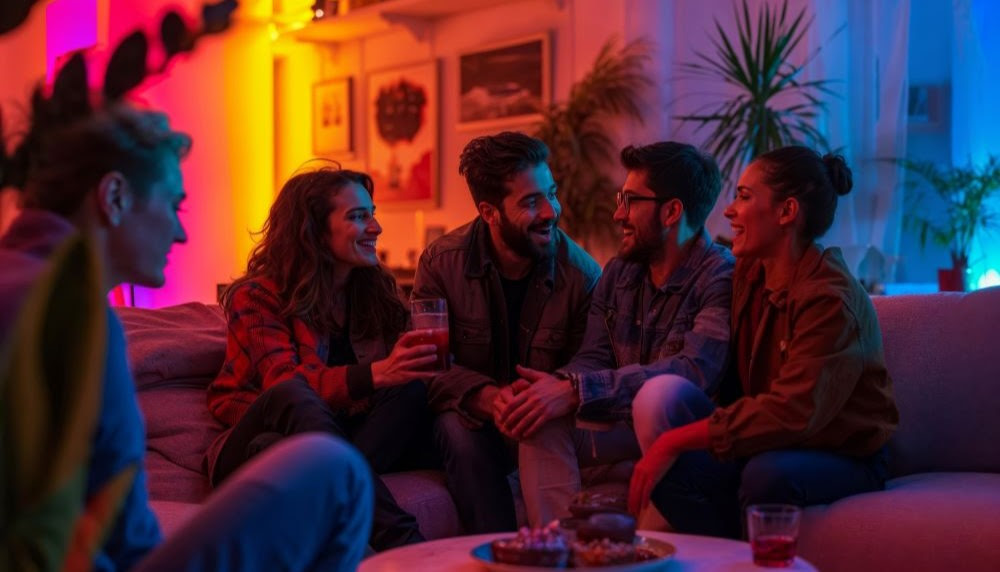
LGBTQIA+ representation in TV content boosts viewership among young (18-34) Americans, according to a new report from Horowitz Research.
The company’s ‘State of Media, Entertainment, and Tech: FOCUS LGBTQIA+’ report found that one in three (33%) of 18-34 year-olds surveyed are more likely to watch a show with LGBTQIA+ characters and stories in it. In addition, two in three (66%) LGBTQIA+ viewers are more likely to watch a show that is inclusive of LGBTQIA+ characters, along with features/stories that focus on their culture and communities.
“LGBTQIA+ stories and characters are inherently American stories and characters, and for content and advertising to realistically portray the American experience today, it needs to be inclusive of LGBTQIA+ experiences,” said Adriana Waterston, executive vice president, insights and strategy lead for Horowitz Research. “Today’s younger Americans are much more open and fluid when it comes to views on sexualities and gender identities, as we have learned in our recent research with #Seeher and as confirmed by a study by Pew Research. It will be important for media brands and advertisers to get comfortable with LGBTQIA+ inclusion, even if it means ruffling some feathers along the way, if they want to resonate with younger generations of Americans.”
To find LGBTQIA+ themed programming, more than half (52%) of LGBTQIA+ streamers search for collections and hubs that include LGBTQIA+ content, and use these hubs at least occasionally to find LGBTQIA+ content to watch. Netflix and Hulu are apparently seen as having the best selections of LGBTQIA+ content available. Nearly 4 in 10 (38%) younger streamers overall are said to find these same LGBTQIA+ hubs/collections useful as well.
Horowitz Research said that this openness to LGBTQIA+ visibility in entertainment content reflects a larger demand for content that represents general diversity in U.S. society. For instance, nearly half (46%) of American audiences aged 18-34 want to see characters with disabilities and/or bilingual characters in TV programs.
The Horowitz Research report said this openness to LGBTQIA+ inclusive content also extends to advertising. Based on their data, ads featuring diverse people, lifestyles, and cultures have a positive impact on brand perceptions for more than seven in ten (71%) LGBTQIA+ consumers and six in ten younger general audiences. Meanwhile, including LGBTQIA+ people in commercials resonates with seven in ten LGBTQIA+ consumers and almost half (46%) of younger consumers. Both segments are also reported to favor ads that tackle negative stereotypes about people of color and other marginalized groups.







